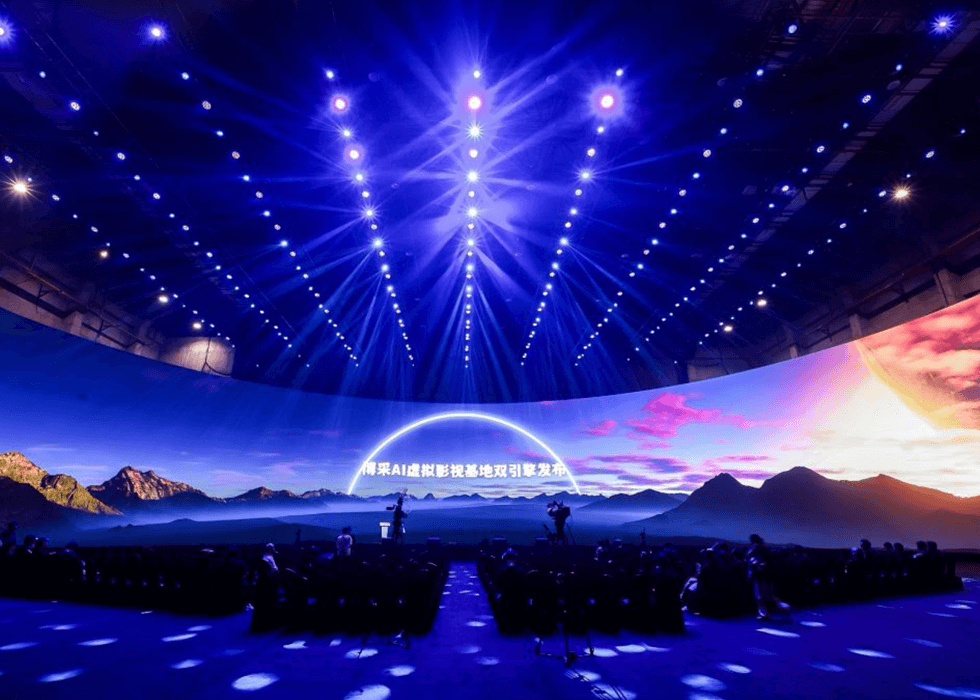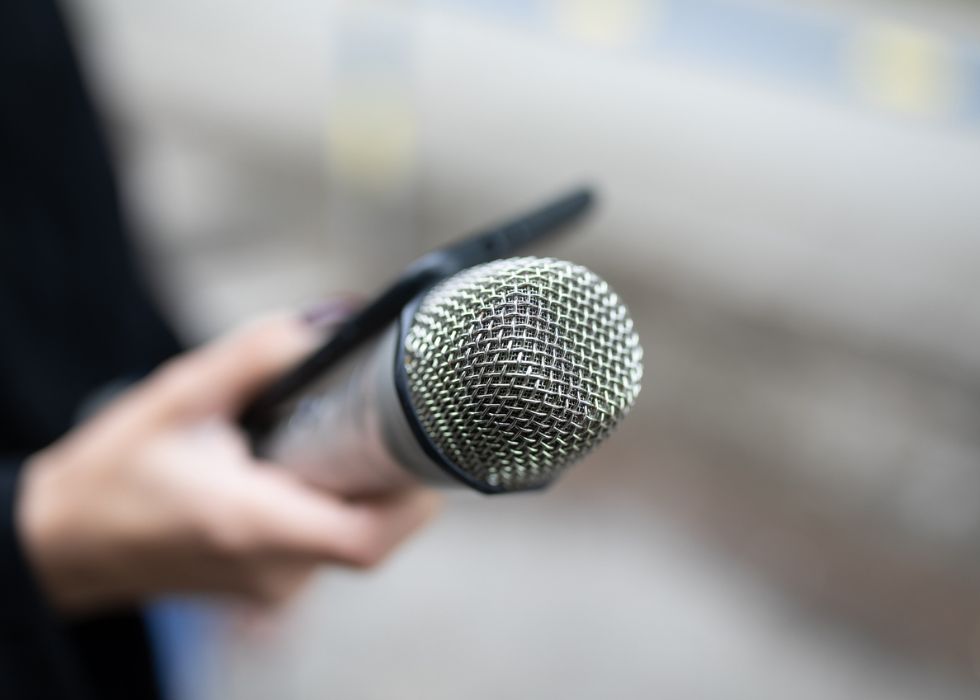"Live Content is King" When Creating Memorable Experiences
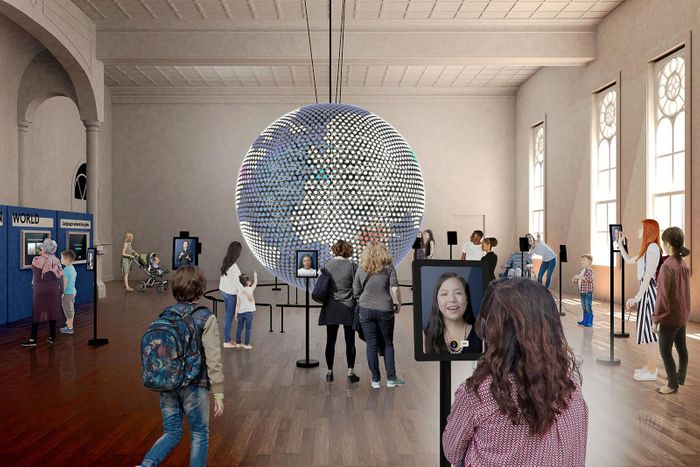
Not too long ago, creating a memorable experience design or museum exhibit involved a lot of spectacle and massive crowd-pleasing moments. Now in the midst of a pandemic and subsequent changes to the way we will gather in public spaces, the spectacle we once knew may give way to more genuine connection and interaction.
It is precisely those connections that make experiences memorable. So, it’s time to think about the new memorable. What makes for the most successful interaction in an experience design, from a technological and a human perspective?
Paul Chavez, Associate, User Experience and Technology, with Arup joined Nathan Adkisson, Director of Strategy and Associate Creative Director with Local Projects in a conversation with TIDE Generator host Kirsten Nelson on the episode, “What’s Memorable Now?”.
Listen to the TIDE Generator podcast on Anchor and Spotify.
Chavez has built a creative and professional foundation on music and sound, all while maintaining a futurist’s keen understanding of user experience. Adkisson’s career began in journalism and he has retained the perspective of a storyteller in his work with Local Projects. What do these two thoughtful designers expect will be most memorable in the new experiences we design? And how people interact and connect with content in spaces?
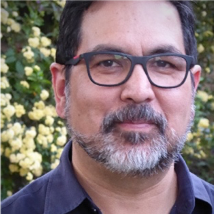
Paul Chavez is an Associate with engineering firm Arup in Los Angeles where he is a user experience designer. He focuses on the digital layer of the built environment where humans and technology interface.

Nathan Adkisson is a creative director whose work focuses on transforming ideas into experiences. He has completed projects for a wide range of cultural institutions including the Cleveland Museum of Art, the American Museum of Natural History and ARoS Art Museum in Aarhus, Denmark. He is scheduled to open Planet Word, a 50,000-square-foot interactive museum of words and language in Washington, D.C.
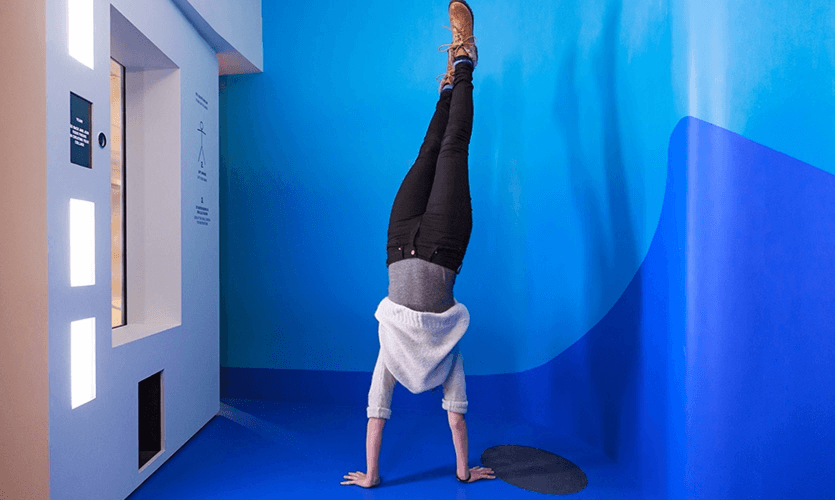
"The Portrait Machine," a Local Projects-designed experience at the ARoS Art Museum in Aarhus, Denmark.
How do your early experiences as a journalist influence how you approach your work now?
Adkisson: I still consider the work I do as a form of journalism. My job is to identify significant stories and present them in a way that is most meaningful to my audience. I frequently draw on the elements of storytelling: character, conflict, beginning/middle/end. In particular, there's a mantra from one of my editors that I put to use every day – how can you let the little guy tell the big story?
When designing Planet Word, how did you use audio and visual elements to engage the audience with written words and language?
Adkisson: There are nine galleries in Planet Word, and there is an audio/visual experience at the heart of each one. It's important to note that the big content idea always came first, and then we found a way to use AV to make it unique and meaningful. For example, we were looking to tell the story of the English language, which has about 170,000 words. We decided to create a three-dimensional, floor-to-ceiling wall with a representative sample of 1% of those words. Then we gave the wall a voice, then added projection mapping onto it, and finally we added voice recognition. So the final piece puts visitors in conversation with the English language, and as they shout out the answers to different questions they go on a journey through the fascinating history of the language.
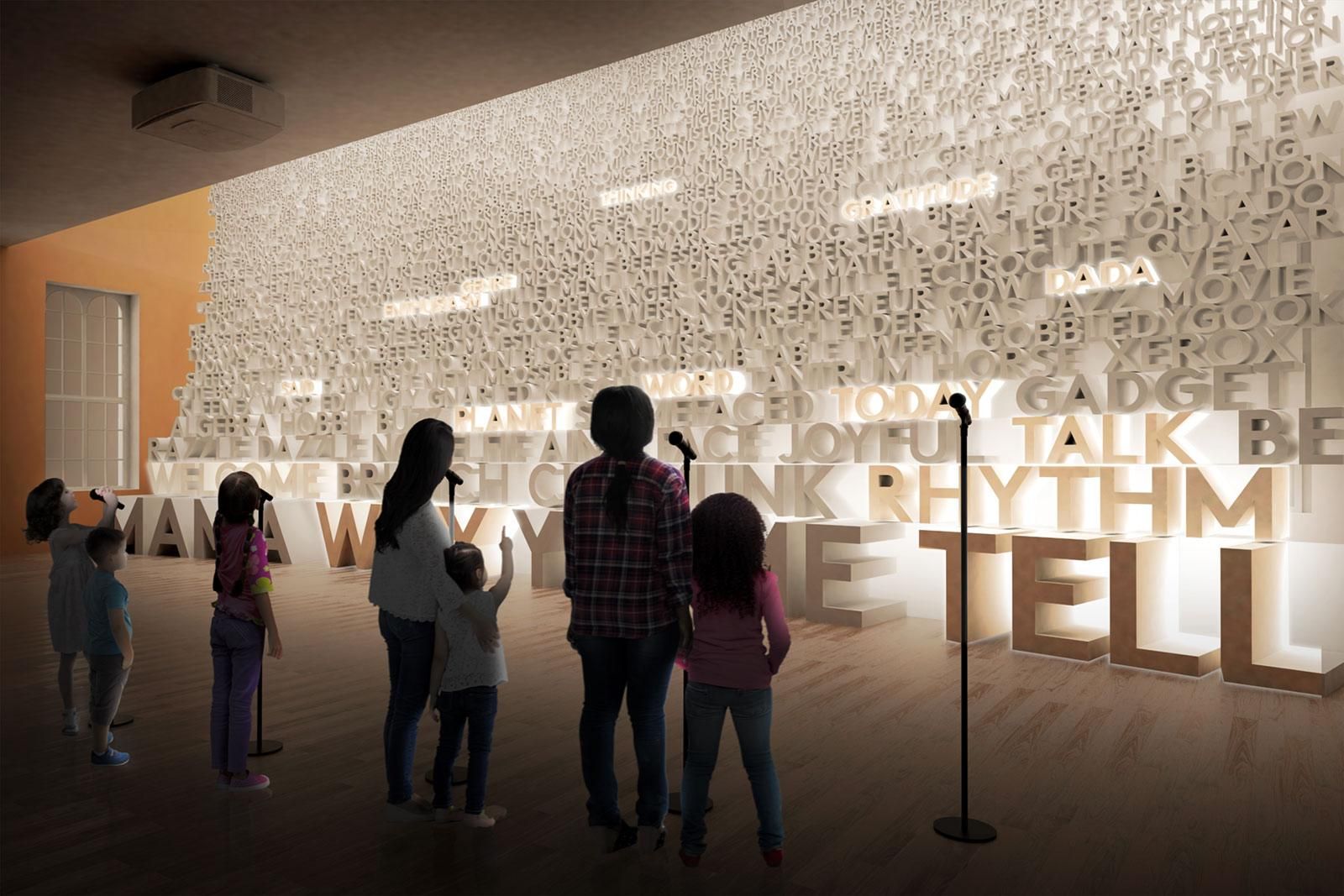
The voice-activated "Where Do Words Come From?" experience in the forthcoming Planet Word museum, designed by Local Projects.
What are the biggest challenges in getting the visual design and interaction teams to work together?
Chavez: Sometimes it is difficult to get interaction designers and technology designers to understand the magnitude of the work that needs to be done by visual designers. Often the time required to get the visual design done can be too easily underestimated by more technical people. Good visual design takes attention to detail and a meticulous eye to make the design look fluid and effortless. When an appropriate amount of time is taken to create a well-done visual design, the details that make it look sophisticated and beautiful are often subtle and difficult for a normal person to detect, until they are taken away – similar to a good audio mix. I am not a visual designer, but I’ve seen enough work from great visual designers to know that it is worth giving them the time to complete their vision and spend time on the details.
Based on your experiences working with college students, what trends do you see on the horizon? Does the next generation have different expectations for user experience?
Chavez: Students are incorporating machine learning together with advanced visualization and auralization tools to their everyday toolbox which will allow them to experiment and automate more complex details into their designs. Student who incorporate machine learning-based system behavior and data-driven aesthetic experiences will create rich, complex sensory textures and add delightfully unexpected behaviors to the digital layer of physical spaces.
Will the pandemic change how you design?
Chavez: Obvious considerations are systems without touch interfaces, which leads to the consideration of a few options including more mobile/web apps that leverage QR-code or NFC (near-field communication) interactions – something that was already well under way. Other interactions that might benefit from a hygiene-conscious populous may be voice interaction and some gesture interaction. Gesture interaction is very limited but has served us well for decades for simple interactions such as automatic doors – so there are appropriate places for simple, non-touch gesture or proximity interactions.
Live content is king. During the pandemic the status of immediate and live data of all sorts has come to the forefront. We have all needed data on the status of the pandemic, but we have also sought live streaming events, especially in the absence of being able to attend live events in person. Live, in-person music, theater, comedy and sports events have been somewhat replaced by live streaming events, many of which are broadcast from artist’s or gamer’s homes. Although sports have leveraged live broadcast for many decades and may recover initially without audiences, the use of live broadcast in other live presentations has been underutilized. In the absence of audiences and the increased availability of streaming tools and platforms, we will see the rise of parallel live streaming broadcasts in most live venues going on in the future and will need to accommodate camera positions, control positions and adequate bandwidth for these future independent broadcast networks.
What new ideas in immersive experiences are you excited about?
Chavez: Outdoor experiences that create communal spaces will be important. We’re learning from the past with extensions in the uses of drive-in theaters and other open plazas. Spaces that give people spatial autonomy will be where people feel safest in the near future.
Live online events that merge the physical and digital elements using live digital backgrounds, live keying effects and motion capture will take off. We have the time and the motivation to make video conferencing and streaming better – and artists and experience designers will take the lead.
Adkisson: I love architecture, and the wonder and connection that can be created by putting people together in physical space. I'm excited at the potential of new tools to deepen that experience — to visit during another era; to see it from radically different vantage points, or to embody a different person in that place. Not that long ago, everything I just described would have seemed like a superpower – time travel, to grow, to shrink, to fly, to inhabit another person's body. How incredible is that?
How do AV integrators fit into the experience design process?
Chavez: AV integrators are the primary owners of the experience build process, but many hybrid design/build firms may still dominate in the near future as complex interactive spaces require special skills that a typical AV integrator may not have. In addition, many complex, interactive installations require agile, iterative designs that require rapid prototypes and fast failure; skills that are best practiced in the creator’s studio rather than through a contractual agreement. As more immersive tools such as generic projection mapping kits become mature, inexpensive and commonplace, we’ll see immersive spaces become part of the typical design/bid/build routine.
Adkisson: AV integrators have the most experience seeing projects actually get built and used in the wild. They don't just know what has succeeded or failed before – they know why, and they also know what is possible but hasn't been done yet. That insight is invaluable. I work across all phases of our projects, and there are questions for integrators that come up every day. That is not an exaggeration.
What does technology not do now that you wish it did?
Chavez: AR and VR were still too early in their technology, adoption and development stages to be taken advantage of in this locked-down world. Most companies that are doing this though, will benefit from the clear vision of how these formats may enhance our isolated experiences in the future. So despite the fact that the mass market was not able to use these tools in lockdown, the AR and VR companies have been catalyzed by this pandemic event.
I wish technology provided more opportunities for chance meetings and interactions with those that share similarities. Some physical gathering places are great for meeting new people, such as club meetings – others hold potential for doing so, such as airports. How can technology help to enhance public spaces that allow for like-minded people to find each other and share ideas?
Adkisson: Get cheaper and better at the same time?
Up Next: Listen to the TIDE Generator podcast to hear more from Chavez and Adkisson on bringing the spontaneous, shared elements of experience to this new socially distant era.



